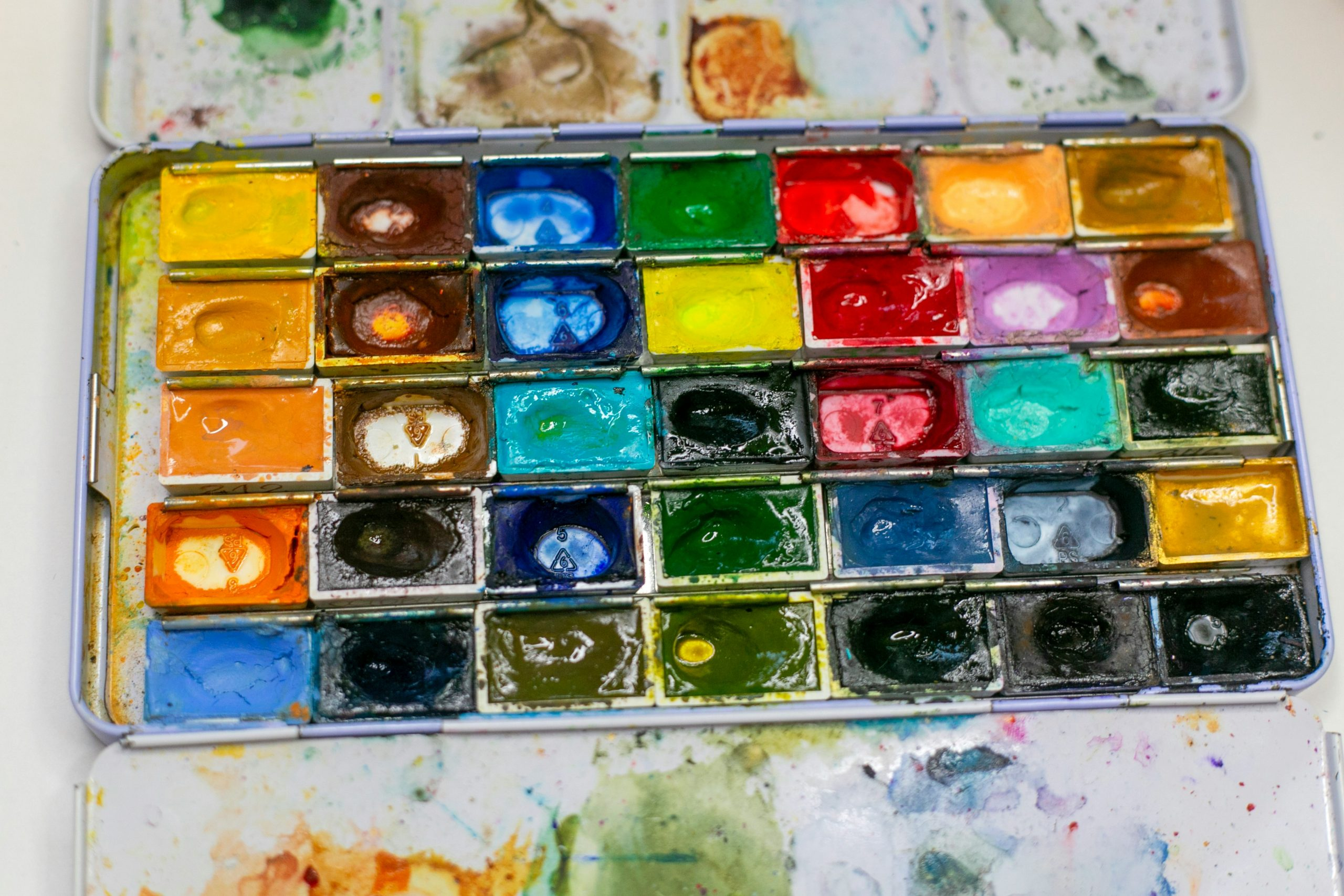Color Theory Explained: Using Hues to Express Your Mood
Colors have a powerful effect on our emotions and can greatly influence our mood. We often choose colors for our clothing, home decor, and even our branding based on how they make us feel. This is where the study of color theory comes into play. By understanding color theory, we can take control of the impact colors have on our mood and use them to enhance our daily lives. In this article, we’ll delve into the world of color theory and explore how different hues can be used to express and enhance our emotions.
The Basics of Color Theory
Color theory is a set of principles that help us understand how colors interact with one another. It is the science behind the way we perceive and process colors. The primary colors, red, blue, and yellow, are the building blocks of all other colors. By mixing these colors in different proportions, we can create an endless range of hues. Color theory also explains how colors can create contrast, harmony, and evoke certain emotions.
The Impact of Hues on Our Mood
Each color has a unique psychological impact on our mood. Choosing the right hue can greatly enhance or alter our emotions. Here are some common hues and their effects:
Red
Known as a symbol of passion, excitement, and energy, red is a highly stimulating color. It can increase heart rate and blood pressure, making us feel more alert and energized. Red can also evoke feelings of danger and aggression, so it’s best to use this hue in moderation in environments where calmness is required.
Blue
Blue is often associated with tranquility, calmness, and trust. It has a calming effect on our mind and body and can help reduce stress and anxiety. Blue is also known to improve concentration and creativity, making it an ideal color for workspaces.
Yellow
As the color of sunshine, yellow is associated with warmth, happiness, and optimism. It can lift our mood and make us feel more cheerful. However, too much yellow can be overwhelming and cause feelings of anger or frustration. It’s best to use this hue in small doses to avoid overpowering its positive impact.
Using Hues to Express Your Mood
Color theory can be utilized in many ways to express and enhance our mood. Whether you’re trying to create a calming space or make a bold statement, the right hue can help you achieve your desired effect.
Home Decor
Colors used in interior design can significantly impact the mood of a room. For example, red and yellow hues in a dining room can stimulate appetite and promote conversation. On the other hand, blue and green shades in a bedroom can create a sense of relaxation and promote better sleep. Use colors that match the mood you want to evoke in each room.
Fashion
The colors we wear can also influence our mood. People often choose dark colors like black, navy, or grey when they are feeling down, while bright colors like yellow, purple, or orange are used to boost energy and confidence. Wearing colors that reflect your current mood can also serve as a form of self-expression.
Branding
Brands use color psychology to create a specific image and evoke certain emotions in their target audience. For example, many fast-food chains use red and yellow in their logos and packaging to make customers feel excited and hungry. On the other hand, luxury brands often use black, white, and gold to create a sense of sophistication and elegance.
In Conclusion
Color theory plays a significant role in how we perceive and experience the world around us. By understanding its principles, we can use colors to express our mood and influence the emotions of others. Whether it’s through our home decor, fashion choices, or brand image, the right hues can help us create a more vibrant and meaningful life. So next time you’re choosing between red or blue, think about how you want to feel, and let color theory do the rest.











